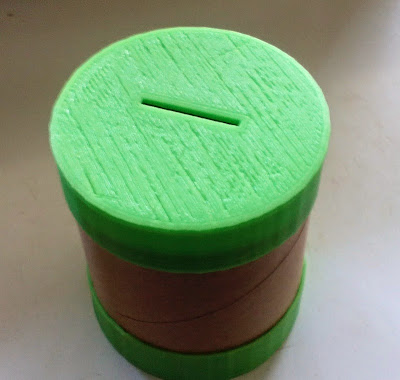Scavenging leds from Christmas decoration
Well it's that kind of the year again. Christmas is arriving. That means that the shops are full of christmass decorations. And that is something worth looking into.
Our local pennyshop called Action stocks lots of christmas decorations which are bundles of leds powered by batteries. The have them in all sorts but these are the most interesting for our purposes:
Each
package consists of 40 bright leds. Some packages only contain blue
leds, others only red leds and some packages consist of 40 leds being 10
red, 10 blue, 10 green and 10 yellow leds. These packages cost less as 2
Euro. Meaning you will have 40 really bright leds for 2 euro being 5
cents pro led. That is a bargain. So I bought multiple packages.
There is an added bonus even:
There is an added bonus even:
The
leds are supplied with a battery box that accepts 3 AA batteries and
has an on/off switch. We can use that as a power source for some of our
future projects !!
To
scavenge the leds we start with the last one in the chain. Follow the
lead and cut the wire as near as possible at the previous led:
Next
step is to strip the wires and test the led with a button cell like the
CR2032 which supplies 3 volts. You can also test the leds with an AA
battery.
Now mark the + side of the led with a marker so you'll know what the Anode and Cathode are when you need them later.
Now as you see at the next picture the leds are captured in some kind of plastic holder.
Fortunately
you can carefully bend that plastic wrapture as it is kind of flexible.
This makes it easy to use the leds in smaller (thin) housings for your
projects.
I stock the leds in separate plastic bags sorted by colour which makes it easy to find the right led for my project when needed.So this makes it easy to get your yearly supply of really bright leds at a very low price. I have used these leds in several of my projects like my - Walking Safety Larson Scanner Lights- and an Electronic Hourglass. Both projects will find a place on the site in the future. So keep on reading.





























